Of bee professions and bee products
Bees are the third most important livestock for us humans, as they pollinate around 80 percent of our fields and plants. In their lives, the workers perform very different tasks in the precisely organized beehive. beehive. As a small insight, the individual bee professions are explained here from the perspective of a bee.
- Life from the bee's perspective:
After 21 days, the time has finally come: it's time to hatch from the confines of my cell. In the first three larval stages I was still fed with royal jelly to give me a growth spurt, but after that I and the other worker bees were only given pollen and Honey (Bio) as larval food. In contrast, the queen bee continues to be fed with royal jelly until her cell is capped. This difference in feeding is also the reason why the queen bee is not able to develop into a queen bee and does not remain a worker bee.
- My start in life as a cleaner bee:
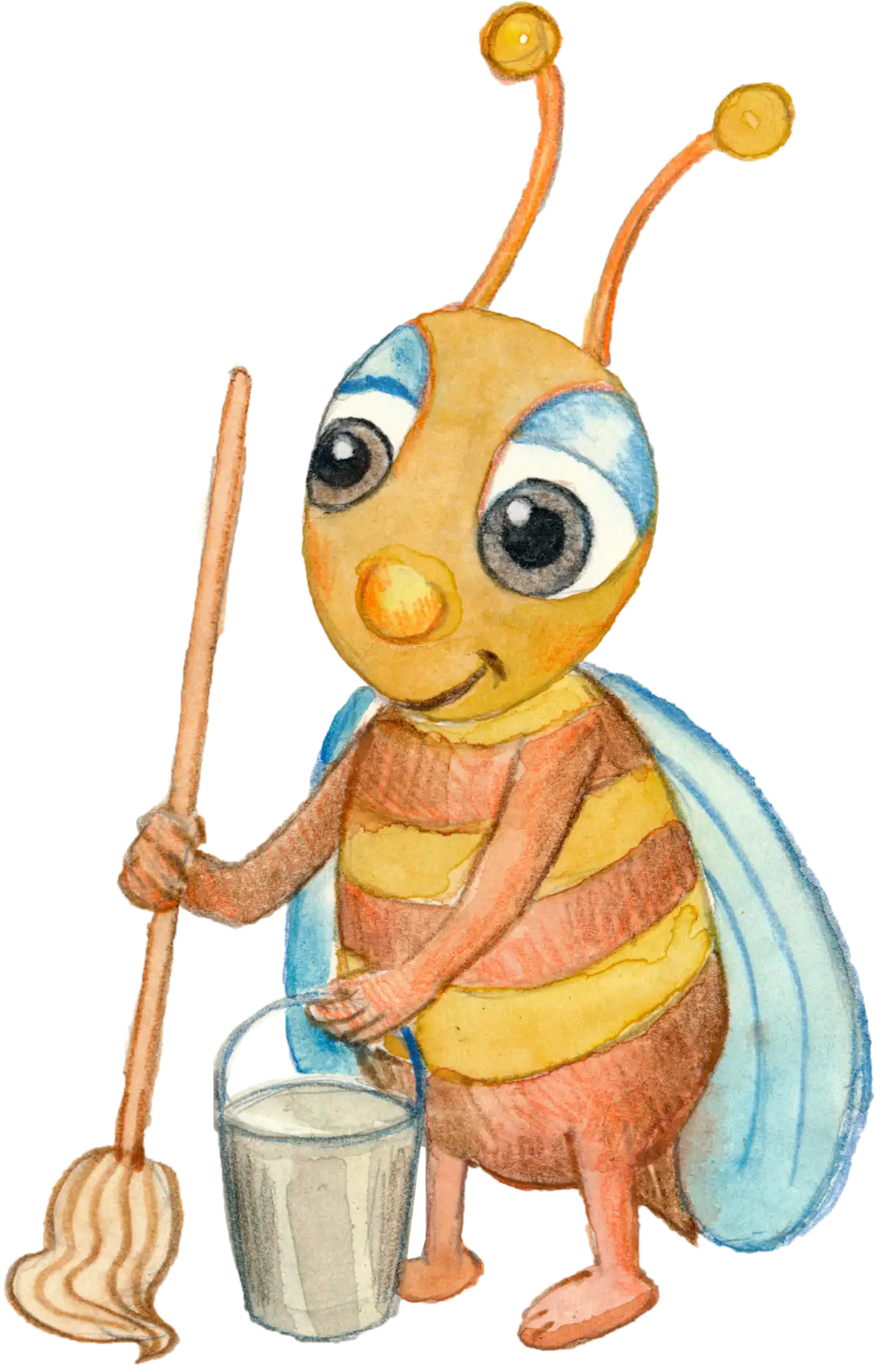
As soon as I hatch, I know what to do. I am now part of this colony of around 50,000 bees and therefore have to fulfill my exact tasks to keep things running smoothly. I immediately join the other cleaner bees to work with them to keep the combs and the hive clean. This also includes the task of carrying dead bees out as quickly as possible and taking them far away to keep diseases away from the hive. Sometimes there are also large intruders in the hive, such as a mouse. To defend ourselves and our colony, we then have to sting them to death. We then mummify them with propoliswhich then serves as glue. Cleaning also includes the so-called 'grooming', which describes our mutual body care. Here we clean the fur of our fellow bees and clean it of e.g. pollen. At the same time, we also take action against the varroa mites by biting them to death.
- ...and on we go as nurse bees:
After about 3 days as a cleaner bee, it is now time to feed the other bee larvae as a nurse bee. This is where the foraging gland comes into play.
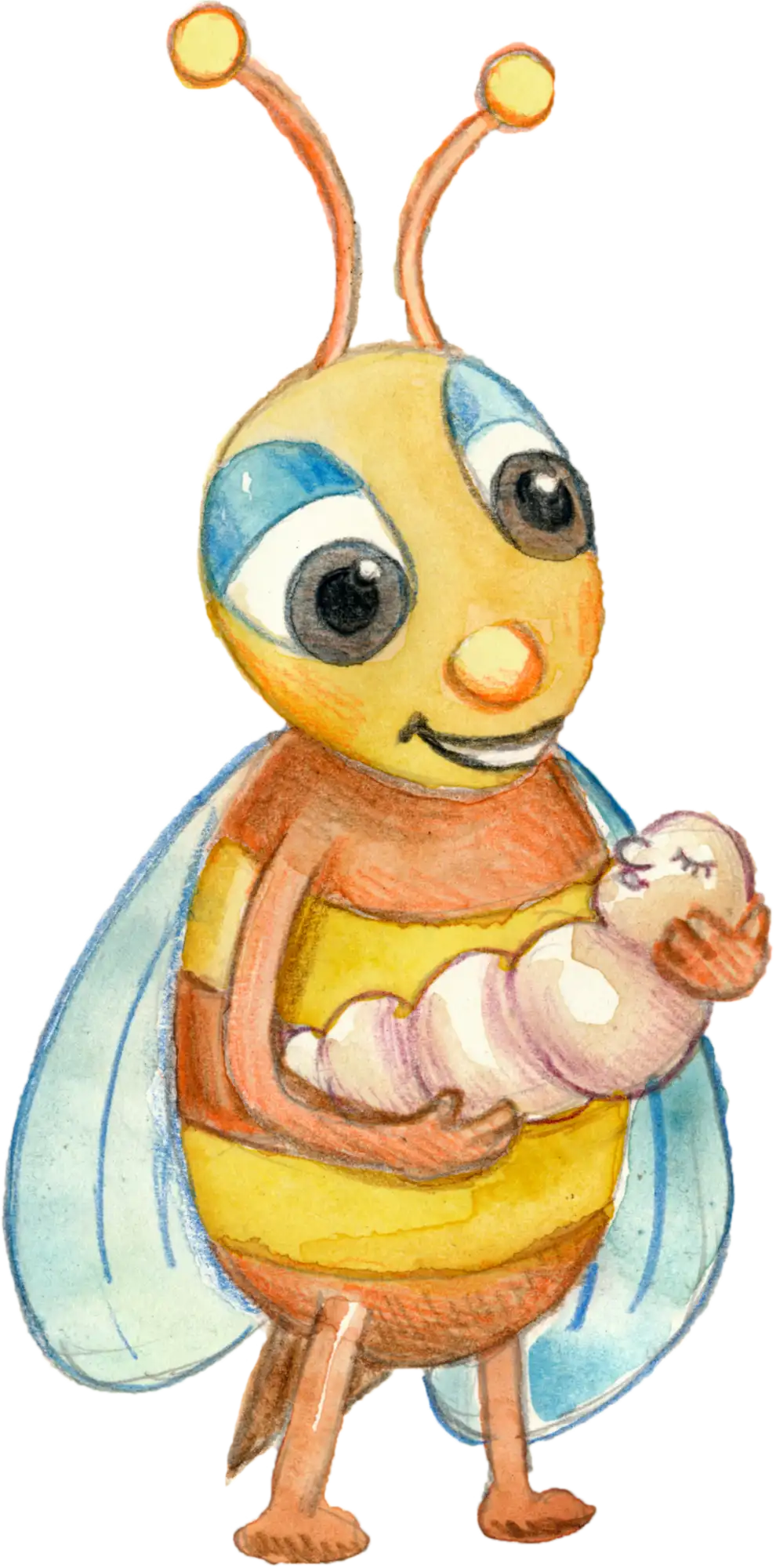
In general, the various stages of work are activated by hormones. I carry out this activity for up to 7 days before starting my next task as a builder bee.
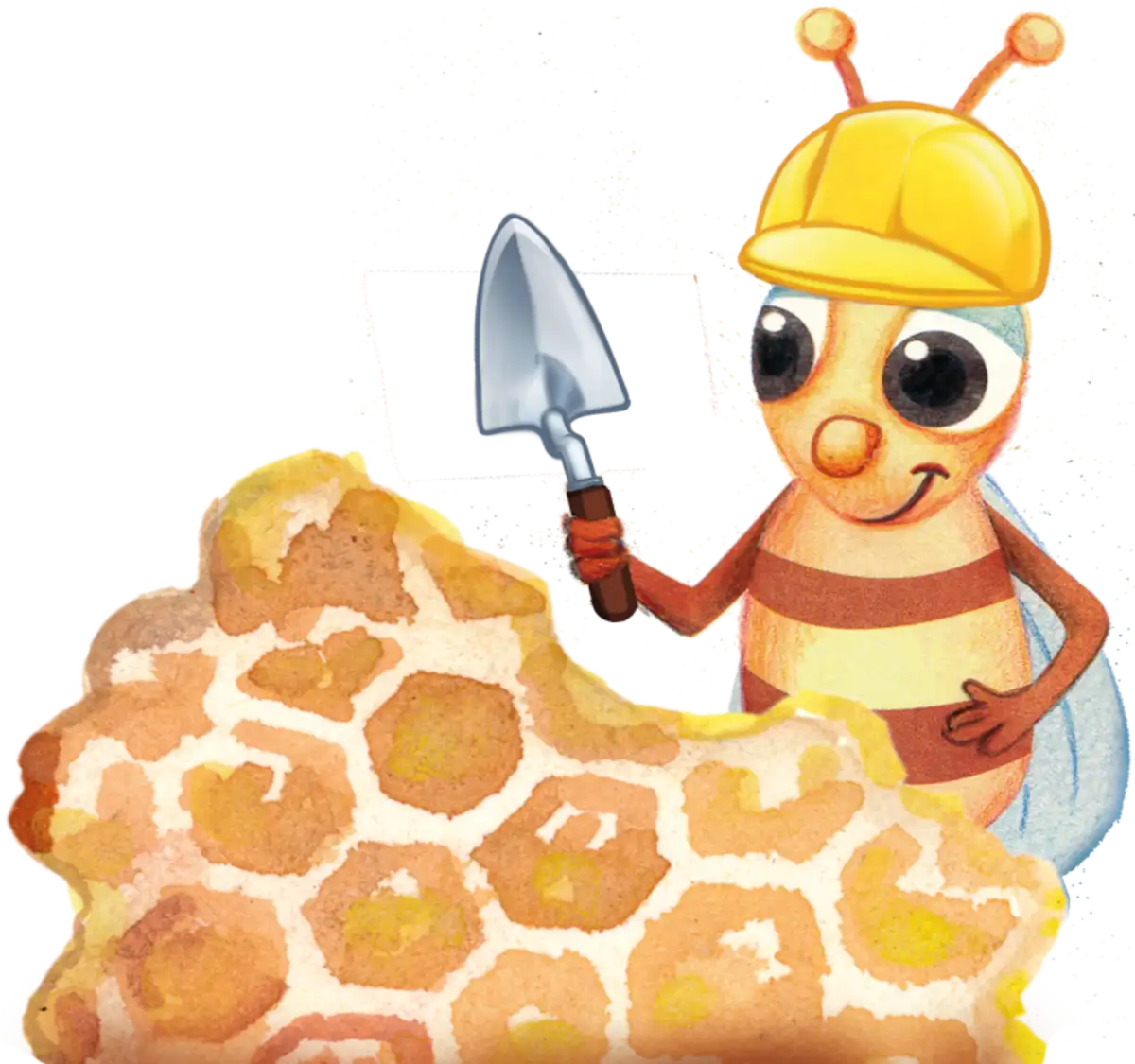
- The next station - construction bee:
With my wax glands I can now produce small wax platelets. We worker bees have to produce about 8kg Honey (Bio) to produce 1kg wax to produce 1kg of wax. Among other things, I now build cells in which the queen bee then lays the new eggs. A remarkable ability of the queen bee is that she can decide on the sex while she lays the egg. The cells that we use for the large-eyed drones are also larger than those of the worker bees. Drones have the sole task of mating with the queen bee. Once they have done so, they fall to the ground and die. They do not produce honey or perform any other tasks in their eight-week life. Some drones are driven out of the hive towards winter as they consume too much food. When we move to a new hive, all worker bees, regardless of their age, are involved in the building process of a new hive and act as builder bees. The priority is then to create a new home as quickly as possible to ensure our survival
.
- Always be diligent and vigilant:
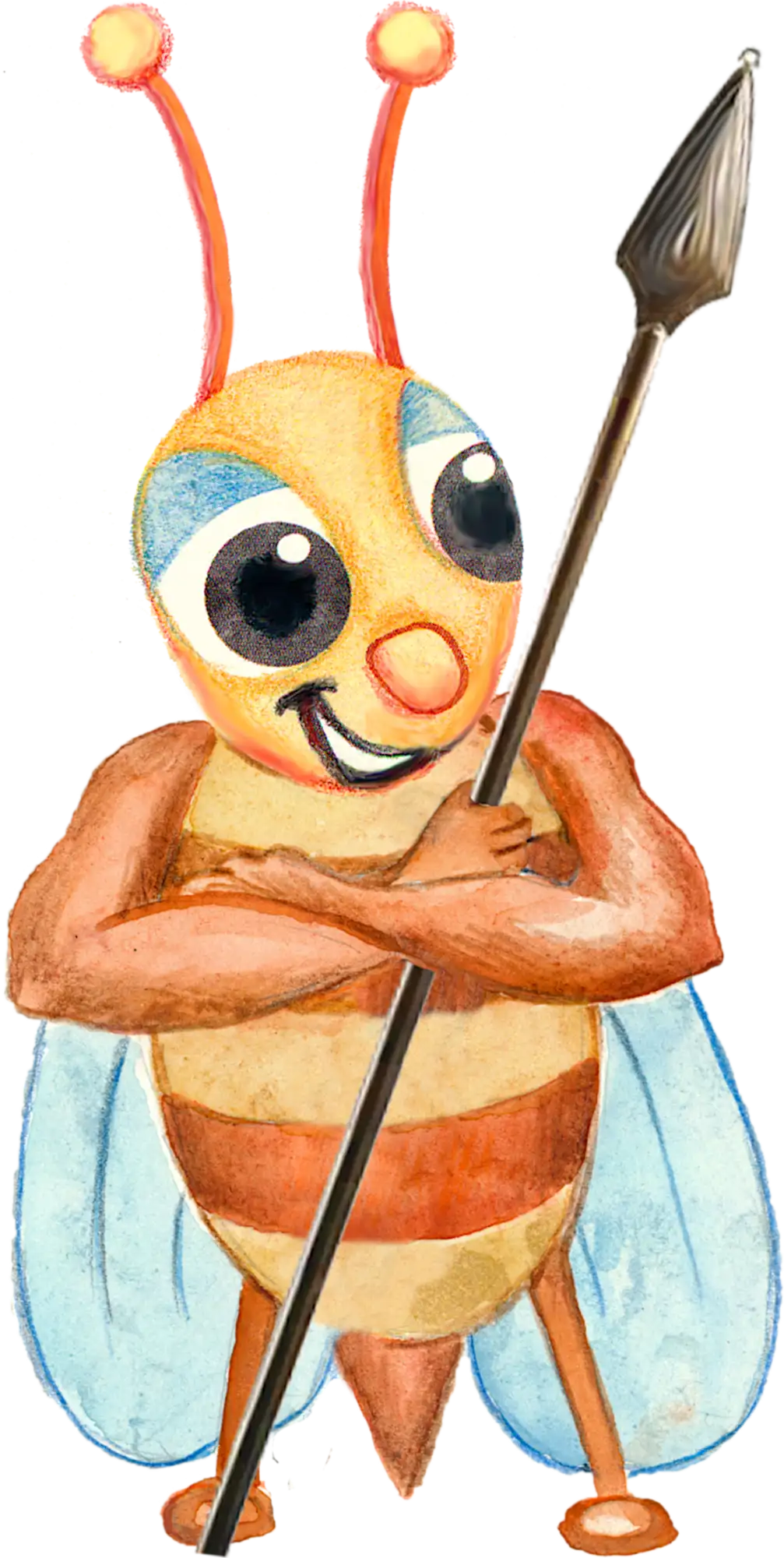
In my next stage of life at the age of 11-12 days, I am now a honey maker. I accept the prey of the forager bees. In addition to honey, they bring me tree resin for propolis or pollen from their excursions. If we have an excess of pollen, I store it as bee bread as bee bread. However, the job title "honey maker" is not quite right, as I now do all kinds of work in the hive. Over the next few days, I prepare myself for my new job as a flying bee and make short flights around the hive. In between, I serve as a guard and check the entrance hole for uninvited guests, because my poison bladder is now completely full. I can smell the visitors through my antennae.
In fact, bees from other hives are often tolerated and can even join our colony in individual cases. However, when our own supply of nutrients runs low, this changes. There are then repeated raids between the different bee colonies and we have to become stricter with visitors and usually refuse entry. Hornets and wasps are also unwelcome and, in the worst case, have to be killed. If I ever need reinforcements, I can use alarm pheromones to call other worker bees for help. With my now fully developed poison sting, I can only sting larger enemies once, but other insects several times.
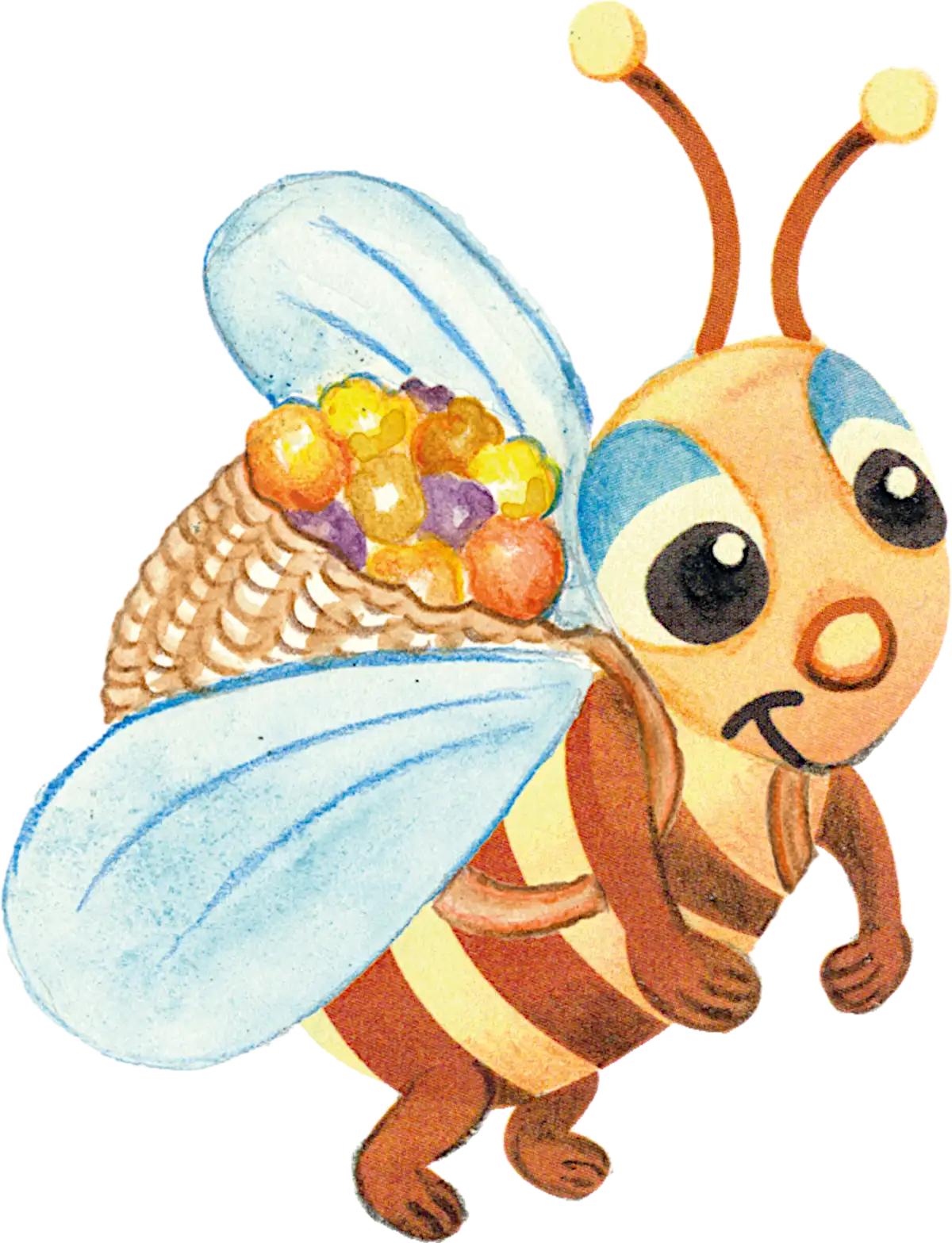
- The first real outing as a forager bee
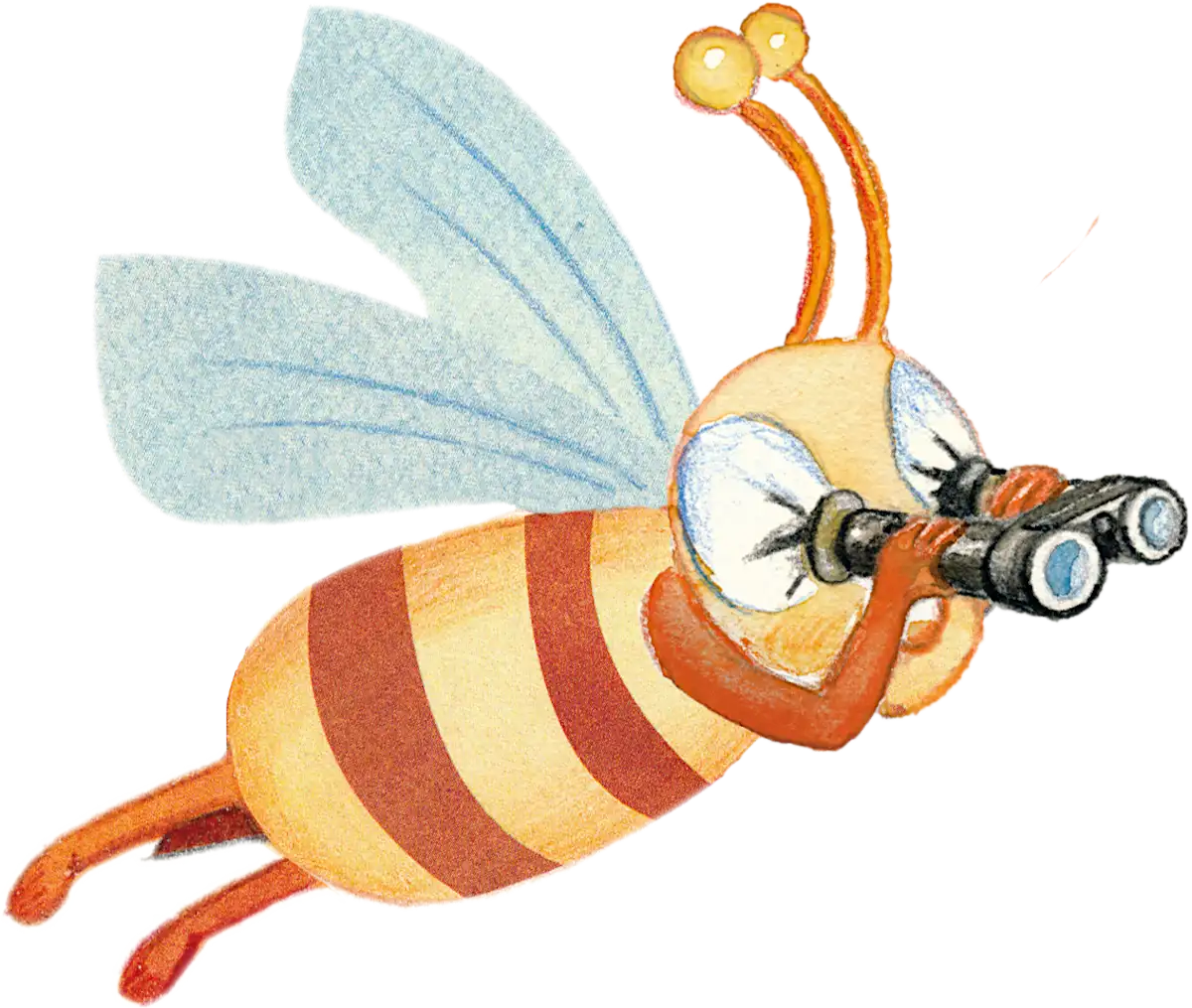
- The tracker bee - gawking and not spilling:
Tracker bees probably have the most dangerous task in the entire beehive. In the morning, when all the other forager bees are not yet on the move or after a long rain shower, forager bees are the first to fly out in search of suitable flowers for the forager bees. However, they do not fly further than 3-5 km, as otherwise it would not be worth the effort of the foragers. When they have found a good spot, they take a sample with them and feed it to us. In combination with the waggle dance, we then know in which direction and distance to look. Another task of the track bees is to find new places for swarms of bees to settle. Depending on the length and intensity of the dance, the swarm then decides which of the suggested locations to choose. Once I have received the information from the track bees, we get started. We bring all sorts of things into the hive that are needed and need to be processed. But mainly honeydewnectar and pollen from the flowers. I will now be a forager bee for the rest of my life. My life will not last longer than 6 weeks on average, but in that time I will have done a lot for the colony. Towards the end, we forager bees simply don't come back from our last flight because we can no longer manage the strenuous flight with our worn-out wings or we die in the colony, where we are then carried out by the cleaner bees, thus completing the work cycle of a worker bee.
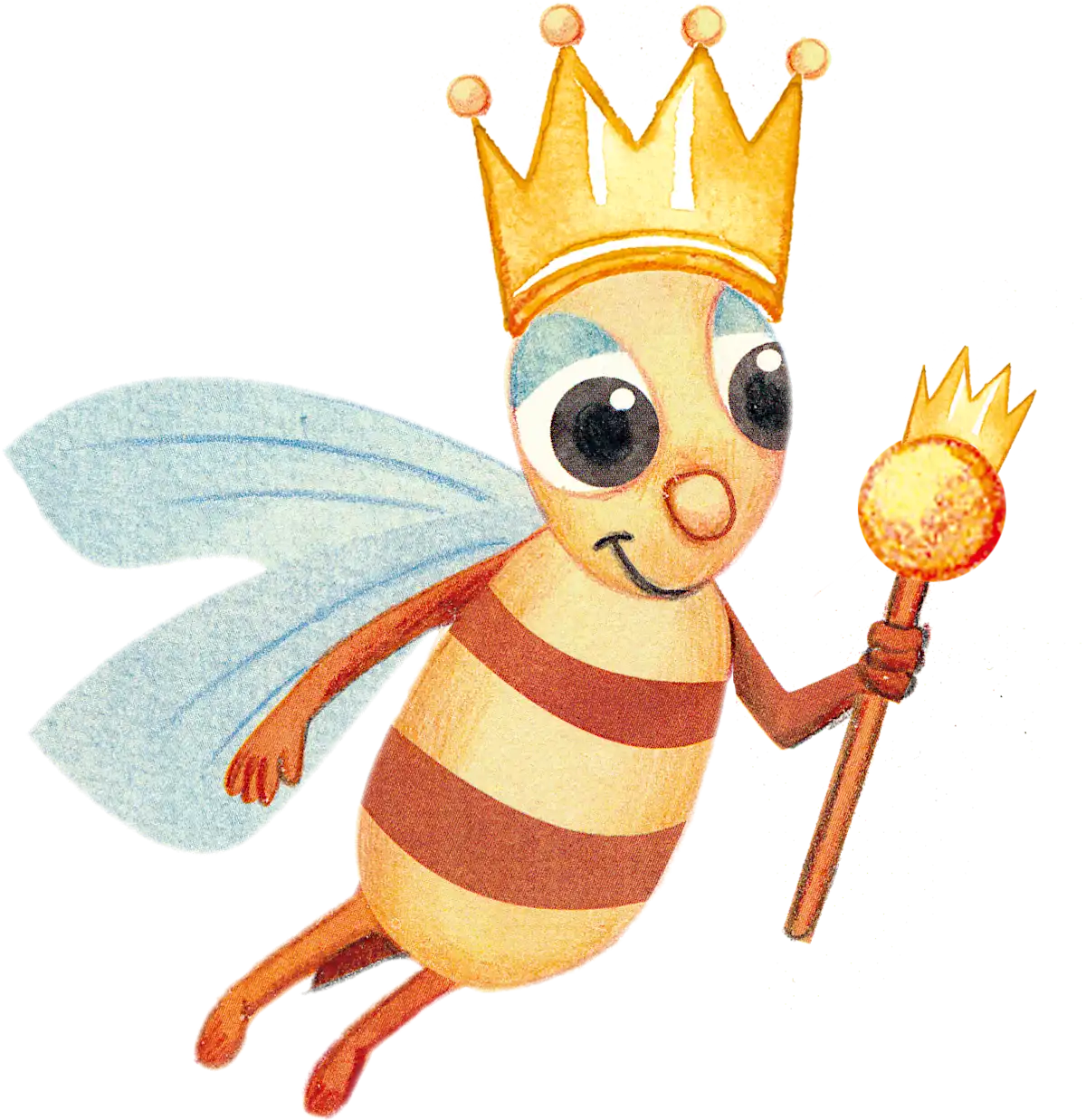
- Winter and summer bees
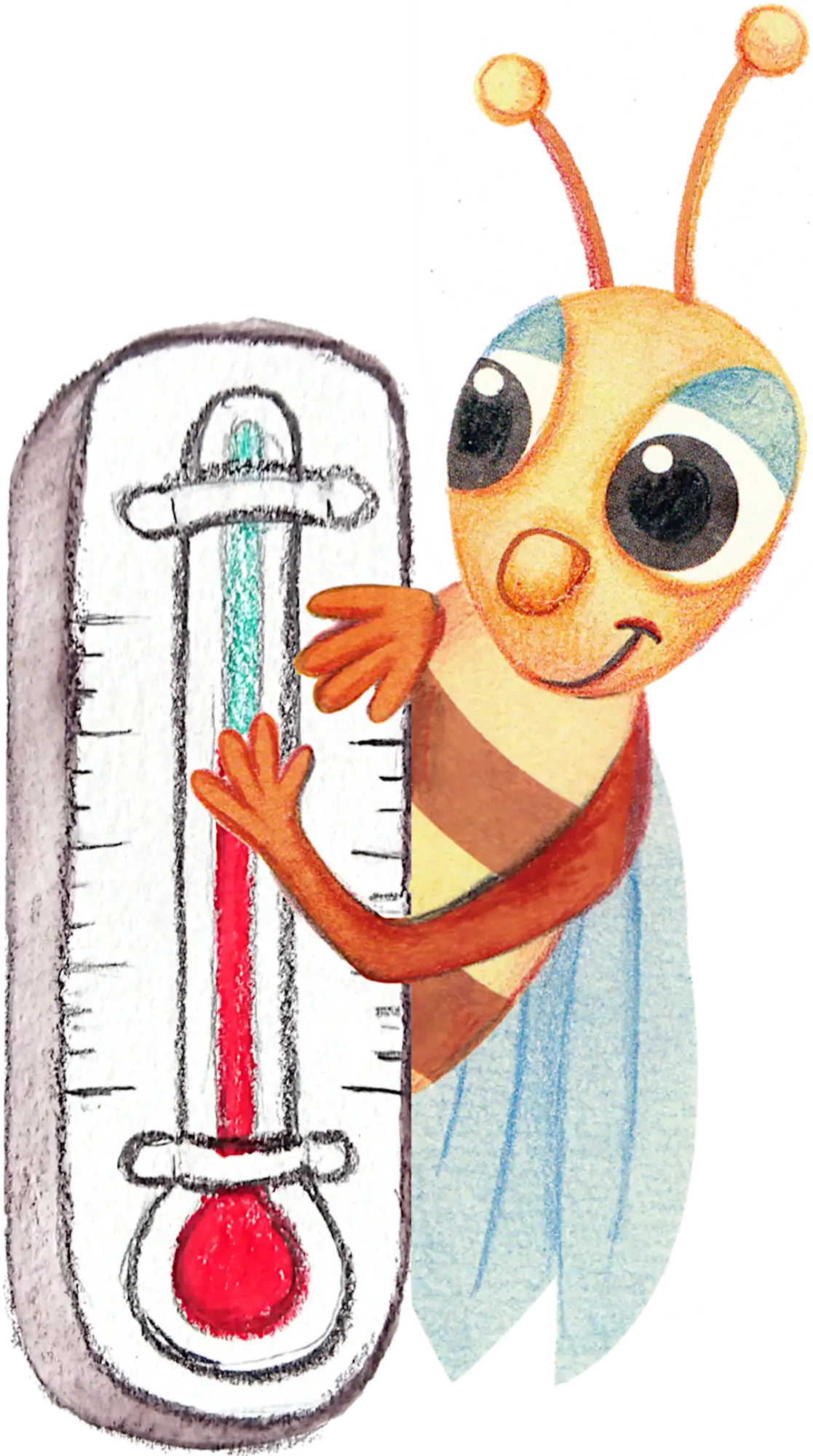
- Heat or cool for the queen:
To do this, they cavort around the queen bee, feed her with honey supplies and keep the hive warm. This task is performed by the so-called heater beeswhich generate heat by making their pectoral muscles tremble and heat the hive to around 35 degrees Celsius. In summer, the so-called'ventilator bees' perform the opposite task by using their wings to transport the warm air out of the hive. Only at the end of winter, when temperatures rise above 10 degrees, do the bees dare to make their first exploratory flights. A queen bee can usually live for up to three years.

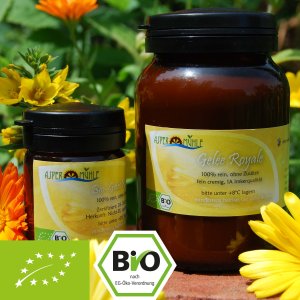

.jpg)